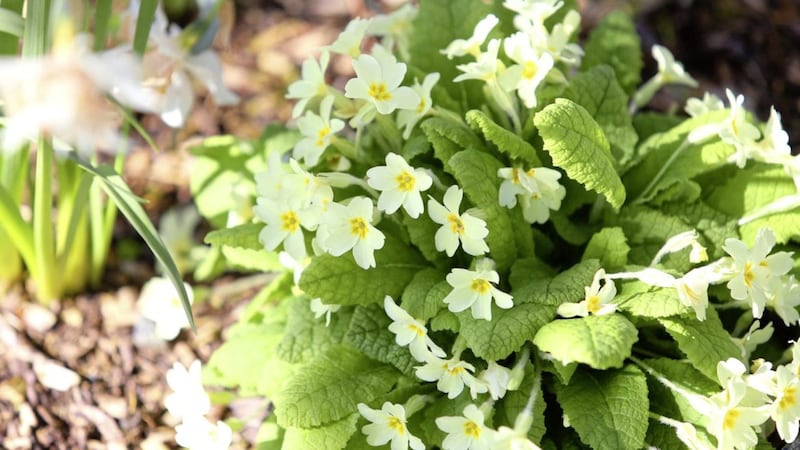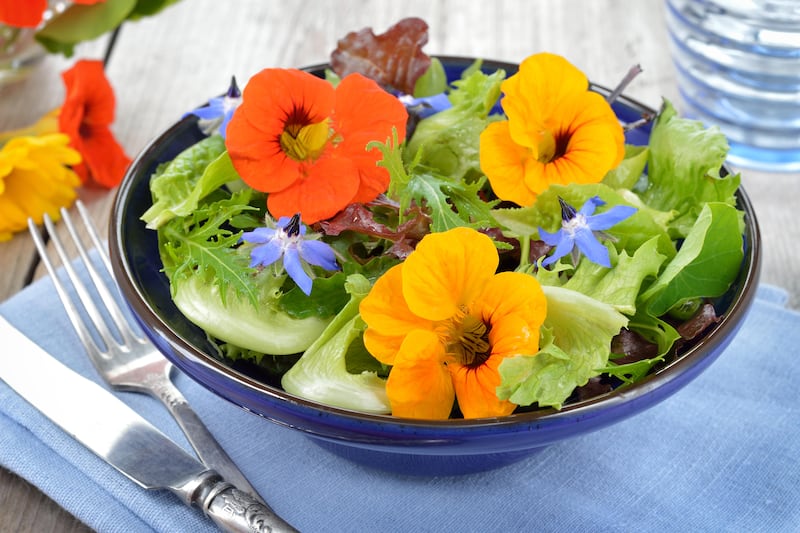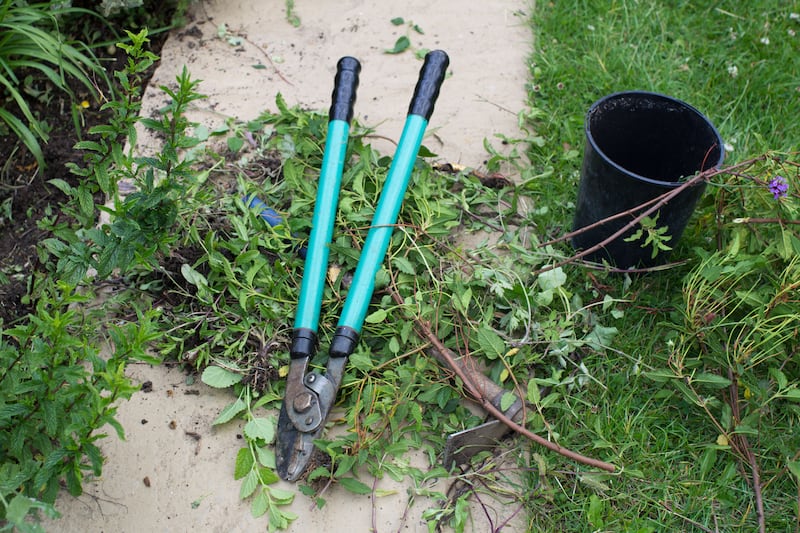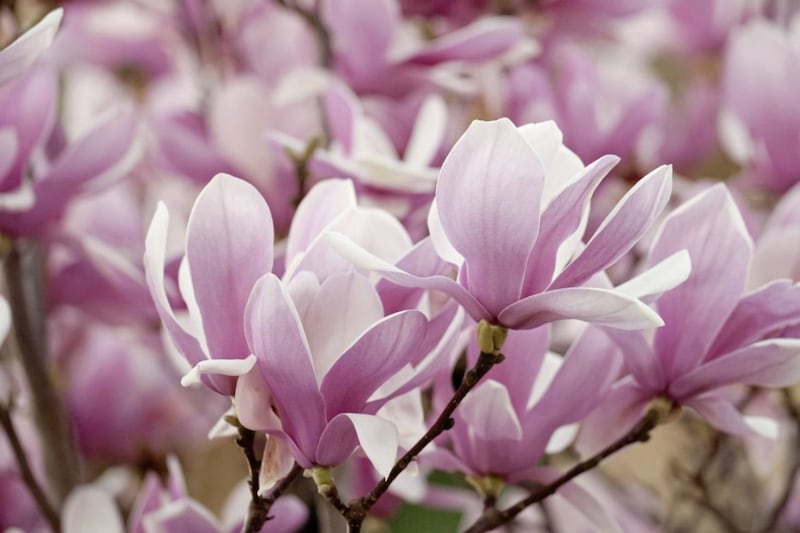You hear a lot about the biodiversity crisis but sometimes it can appear as an abstract notion that’s difficult to get your head around. It’s not immediately apparent to most of us that our native flora and fauna is being driven to extinction because we have few benchmarks from which to measure the decline. Yet in my own experience, the fortunes of a certain spring-flowering wildflower on a strip of land I’ve regularly walked for the past 35 years tells its own story.
Primroses (Primula vulgaris) were once abundant on the banks and in the hedgerows along my favourite stretch of Co Down coastline but now sadly they are becoming a rare sight.
The primrose is a protected species, meaning uprooting it without official permission is a crime that, in theory at least, could see you prosecuted. It is one from a list of more than five dozen protected wildflowers, which it is an offence to interfere with in any way, including picking or taking their seeds.
However, the propensity to leave cattle out over increasingly mild winters means the land never recovers. Young plants are either grazed or trampled by hooves too heavy for such a sensitive habitat.
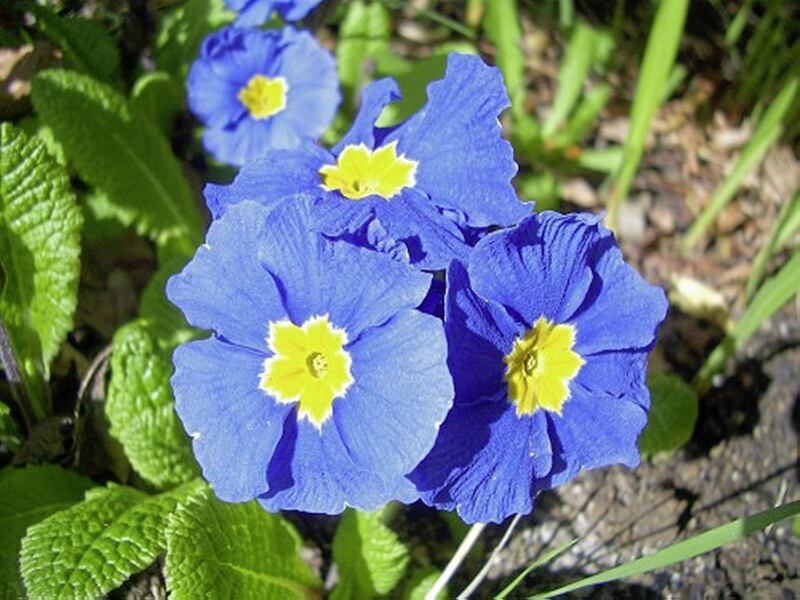
Primroses, as the ‘prima’ in their names indicates, are among the first flowers of spring, blooming in spots that within weeks will be shaded by a deciduous canopy. Their sweetly scented flowers have five heart shaped, pallid yellow petals that overlap slightly and surround a deep yellow centre.
They are compact and robust plants, made to withstand the range of elements that accompany every Irish spring. They are a valuable source of nectar and pollen though it’s long-tongued insects like bumblebees and early butterflies, such as the brimstone, that are equipped to avail of its sweet bounty.
If you have primroses in your garden, cherish them. They will naturalise by seeding but can also be divided every two to three years, preferably in autumn. Clumps can be lifted and pulled apart, ensuring each cutting is a good size with some roots.
The yellow flowered primrose (which strictly speaking has two types of flower known as the ‘thrum-eyed’ and ‘pin-eyed’) is by far the most common but plants with pink flowers have been spotted – some wild mutations, others from cross-pollination with garden cultivars.
The primrose and other members of the Primula family are well-known for their ‘promiscuity’ – meaning they will freely hybridise.
The native yellow cowslip, Primula veris, is loved by pollinators and boasts sweet scented flowers from mid-late spring. It is also great for naturalising. The closely-related cowslip and oxlip will cross-pollinate with wild primroses, creating a range of colourful combinations that include pinks, yellows and oranges.
Suitable for borders, containers and the wilder parts of your garden, primroses and primulas can be displayed both formally and in a more naturalised setting. Best planted in spring, most like moisture-retentive, humus-rich soil and partial shade.
The tallest varieties are ordinarily candelabra, where the flowers are displayed on tiered whorls around the stem. Many of the most popular originate in China, such as the vigorous Primula beesiana – AKA Bee’s primrose – which has pink-purple flowers with a vivid yellow centre, or Primula bulleyana, which has rich orange flowers and attractive seedheads to follow.
